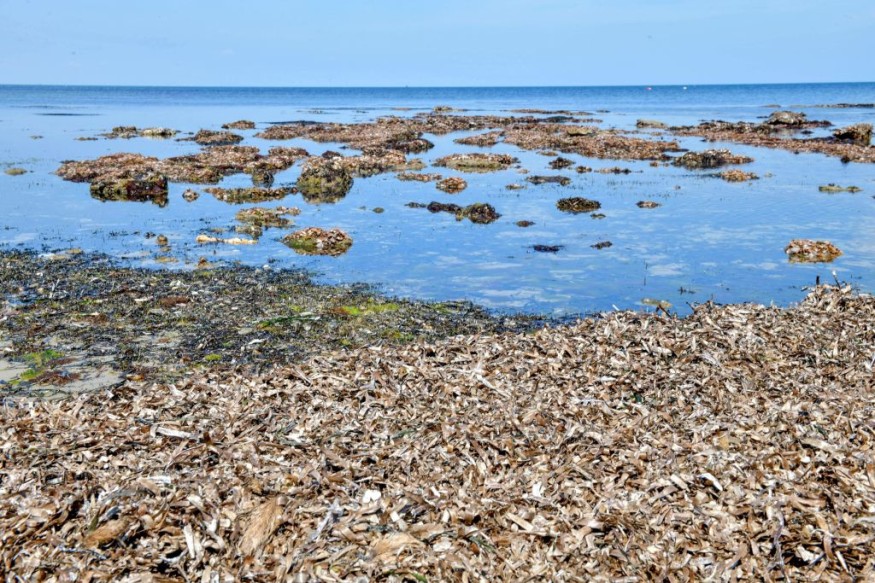Seagrass is the only flowering plant from the Kingdom Plantae that can live and grow in marine environments or under water.
Pre-historic data reportedly shows that marine seagrasses, which have around 60 species, evolved from terrestrial plants and recolonized the oceans during the time of the dinosaurs approximately 70 to 100 million years ago.
In contemporary times, seagrasses are still an important ecosystem support, providing food and shelter marine animals, especially different fish and invertebrate species.
It is also known that seagrass can absorb carbon dioxide and somehow help address the climate emergency that we are facing today.
Now, a new study suggested that seagrass can save us as the oceans slowly eats land masses.
The study was led by researchers from Sweden found that seagrass can mitigate the impact of coastal erosion, the natural process where seawater or oceanwater tear down the foundations of rocks, soils, or sands along the coast by either strong recurring tidal waves or sea level rise.
The process also poses the threat of flooding initially affecting coastal communities.
Seagrass Meadows as Assets

For years, growing evidence of worsening climate change and global warming has raised fears among the scientific community that many coastal areas by the end of the 21st century will be submerged under water due to the global sea level rise.
Combined with coastal erosion, scientists have been on a race against time to find solutions other than curbing anthropogenic greenhouse gas emissions.
In the study published in the journal Marine Ecology Progress Series on November 10, researchers from the University of Gothenburg concluded that seagrass is crucial against the terrestrial-diminishing impact of coastal erosion, estimating it can reduce cliff erosion by up to 70% thanks to its root mats attached to the sand.
The study's lead author Eduardo Infantes, a marine biologist at the university, said seagrass meadows along the coast are "valuable assets" in the erosion mitigation process; this is because their long canopies not only serve as breakwaters but also their root mats bind the underwater sand dunes, keeping them intact, as cited by Phys.org.
What is Seagrass?
According to the National Oceanic and Atmospheric Administration (NOAA), seagrass are the only "true plant" that can survive in the depths of the oceans as long as light can reach it, emphasizing their presence is limited by water clarity which determines the amount of sunlight reaching the plant.
Just like other plants, seagrass needs light to produce food through photosynthesis.
Out of the 60 seagrass species worldwide, seven grow in Florida waters, including in the Florida Keys where manatee grass, turtle grass, and shoal grass to be the most common types of seagrasses.
There is approximately 2.7 million acres of seagrass meadows that grow along the Florida coastline
US Coastal Erosion
In the United States, coastal erosion has been responsible for an annual cost of property loss amounting to $500 million, including damage to structures and loss of land, according to the NOAA's U.S. Climate Resilience Toolkit website.
The website provides the context by which beach erosion causes the disappearance of 80,000 acres of coastal wetlands each year, which is the equivalent size of seven football fields being lost every hour daily.
In this context, the US government reportedly spends $150 million annually on beach nourishment and other shoreline erosion control measures.
© 2025 NatureWorldNews.com All rights reserved. Do not reproduce without permission.





